Budapest Agriculture Museum
A fake Transylvanian castle houses a cathedral of antlers.
Vajdahunyad Castle is nestled within the shady trees, pebbled paths, and placid ponds of Budapest’s City Park. It may look distinctly Baroque Eastern European, but it’s not quite what it seems. The Vajdahunyad Castle is a copy of a castle by the same name in Transylvania, Romania. When it was first built in the city park, it was made of cardboard as a temporary exhibit for the Hungarian millennial exhibition in 1896, but the beautiful castle was so popular, they decided to make it a permanent fixture. Stone and brick, statues and thousands of agricultural artifacts later, the fake castle is a proud feature of Budapest’s City Park today.
When the castle was finished in 1908, it became the home of the Hungarian Agricultural Museum. A trip to the museum is worth being inside the lovely folly of a castle, but a climb up the imposing stone staircase reveals something altogether more exciting.
Hundreds of antlers, horns, hooves, and fur. Stuffed birds and mounted bears. Cutlery with horn handles carved into foxes. Antler broaches, antler chandeliers, and antler chairs. It is known as “The Hall of Hunting.” With beautiful vaulted ceilings and stained glass windows, along with the fact that the Agricultaral Museum is often empty, this top floor feels like the church of a long lost deer deity. Echoed footsteps and hushed whispers lend a quiet respect to these relics of the hunt.
It’s a wonder that the Agricultural Museum of Budapest has anything at all. The collection has been destroyed not once, but twice since its opening 100 years ago. WWII came through, and about 10 years later, just as the collection was coming back together, the freedom fighters of the Hungarian uprising of 1956 tore through the hall of antlers and taxidermy displays. But through many donations and loving attention, this shrine of the dead animal has been restored to its former glory.
The museum also features exhibits on the history of Hungarian agriculture from the beginning to present, domestication of animals, forestry, fishing, and plant life.
Know Before You Go
Take the Metro M1 to Széchenyi fürdõ, or Trolleybus 70, 72, 75, 79, or Bus 4, 20, 30, 105. The castle is in the middle of the City Park.

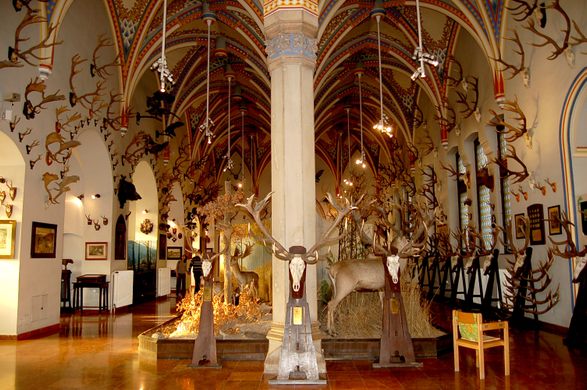
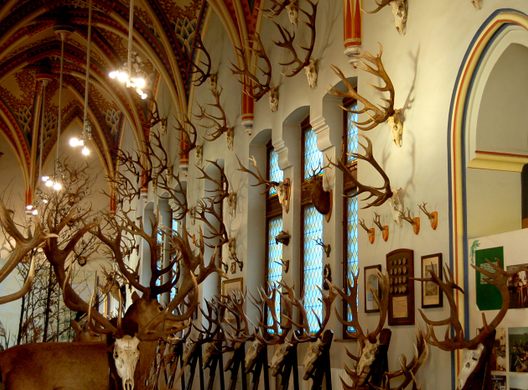
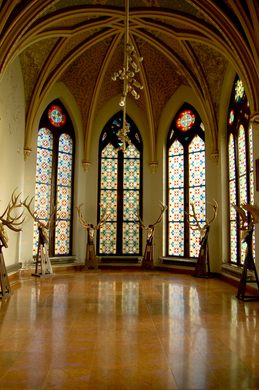
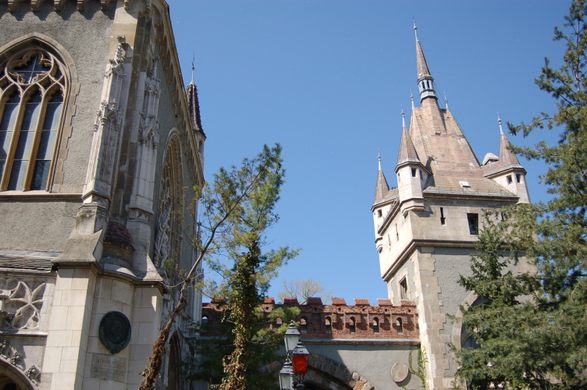


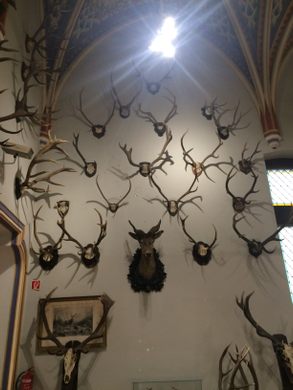











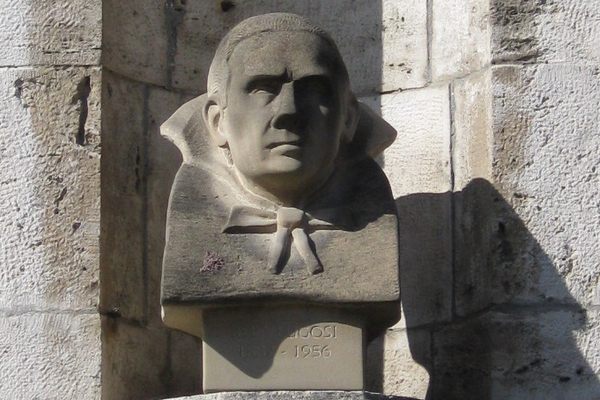







Follow us on Twitter to get the latest on the world's hidden wonders.
Like us on Facebook to get the latest on the world's hidden wonders.
Follow us on Twitter Like us on Facebook